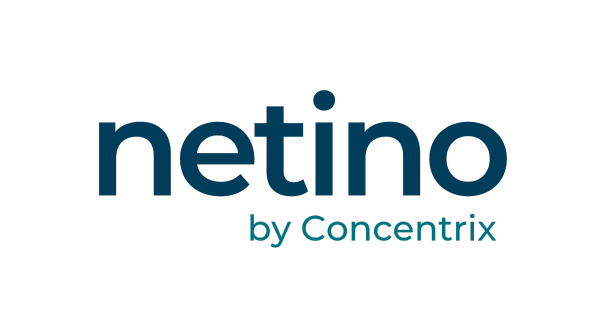Metaverse, Top or Flop?
Metaverse has been the buzzword lately, but we don’t feel concerned, don’t really know what it means, or how to get involved. With constant exposure to euphoric theories, what is the current situation? Are internet users navigating the metaverse? Are brands investing in it? Let’s take stock of these virtual worlds.

| A brief overview of Metaverse
As no one agrees on its pronunciation, let’s take 2 minutes to define Metaverse. As we know it today, Metaverse is a term that describes an online virtual world in which users can connect, interact and create experiences using virtual or augmented reality tools. Over the past few years, this concept has become increasingly popular, and many players in the tech industry are interested in its development. There are several metaverses such as The Sandbox or Horizon World. It is not something new. Although still quite utopian today, the metaverse has inspired several works of fiction that have given us a taste of it. These virtual reality worlds allow each “player” to create an avatar by choosing its appearance, clothing, and home.
What makes the metaverse interesting compared to a classic simulation game like The Sims? It appeals to creativity by allowing users to form relationships with other players in immersion. With virtual life comes virtual money, commerce, and therefore brands.
| Its numerous benefits
There are many advantages to using a metaverse. First and foremost, it provides an immersive user experience, where users can feel as if they are really in another world. This can be used for applications such as training, simulation, education, or even for video games. It can also be used for commercial applications such as virtual exhibitions, product demonstrations, or virtual meetings. In addition, the metaverse also allows for increased collaboration among users, regardless of their physical location. Users can meet, discuss, and work together in real-time, which can improve productivity and creativity.
By using blockchain, the metaverse can also offer some ownership and security for virtual objects and transactions. This allows users to securely own and exchange virtual objects, which can pave the way for new markets and economic models.
| Brands in the metaverse
This concept has become increasingly popular with the rise of virtual and augmented reality technologies, as well as blockchain. These virtual worlds already attract brands who see an opportunity. “There are 3D cities? Let’s create digital stores.” “Are avatars customizable? Let’s sell dematerialized clothes.”
Some brands have gone beyond just selling products to offering new experiences to their customers:
- Nike has set up shop in Roblox with Nikeland, an activity park that combines sports and gaming! This allows users to rediscover the brand and create a deeper connection with its values.
- Gucci has also gone beyond just selling products with a virtual garden exhibition for its 100th anniversary.
- Vans, one of the brands beloved by skaters, has developed its interactive environment. This allows users to try out their new shoes live on a skateboard.
These examples show the way toward a new mode of consumption. Consumers are no longer attracted solely by a product, but by an environment, an experience, a story.
| Conclusive objectives?
The aim of the new virtual worlds is to go beyond the boundaries of gaming and attract visitors looking for experiences. They don’t just rely on limitless simulations, but on immersive concepts to facilitate discovery and social connections. Visits to museums or concerts, no more excuses for being lazy to attend a unique event. The challenge today is to attract users, which should be easy when offering an online utopia. Or is it?
For example, Meta has made colossal investments to create Horizon World. However, while they hoped to reach 500,000 users in 2022, there are “only” 200,000 according to an internal note that was leaked and picked up by the Wall Street Journal. It must be admitted that making the metaverse known is not the only barrier to this lack of users. Acquiring a virtual reality headset and a computer capable of running 3D worlds is not easy for everyone.
It is still too early to make a verdict on the success or failure of the metaverse. During this year, we have not been able to notice any significant progress or elements that could change the minds of skeptics. One thing is certain, too many questions remain unanswered. How to deal with fraud? If we advocate for social interactions, how can they be supervised? Should women expect to be catcalled “on the street”? The metaverse presents enormous potential for many applications, but there are still many challenges to be overcome to make it a viable and beneficial reality for all. Technological advances continue to develop, but it is important to continue working on scalability, privacy, and ethics issues to ensure that the metaverse becomes a viable and beneficial reality for all. Let’s talk about it together !
N'hésitez pas à partager cet article !
"Metaverse, Top or Flop? "

